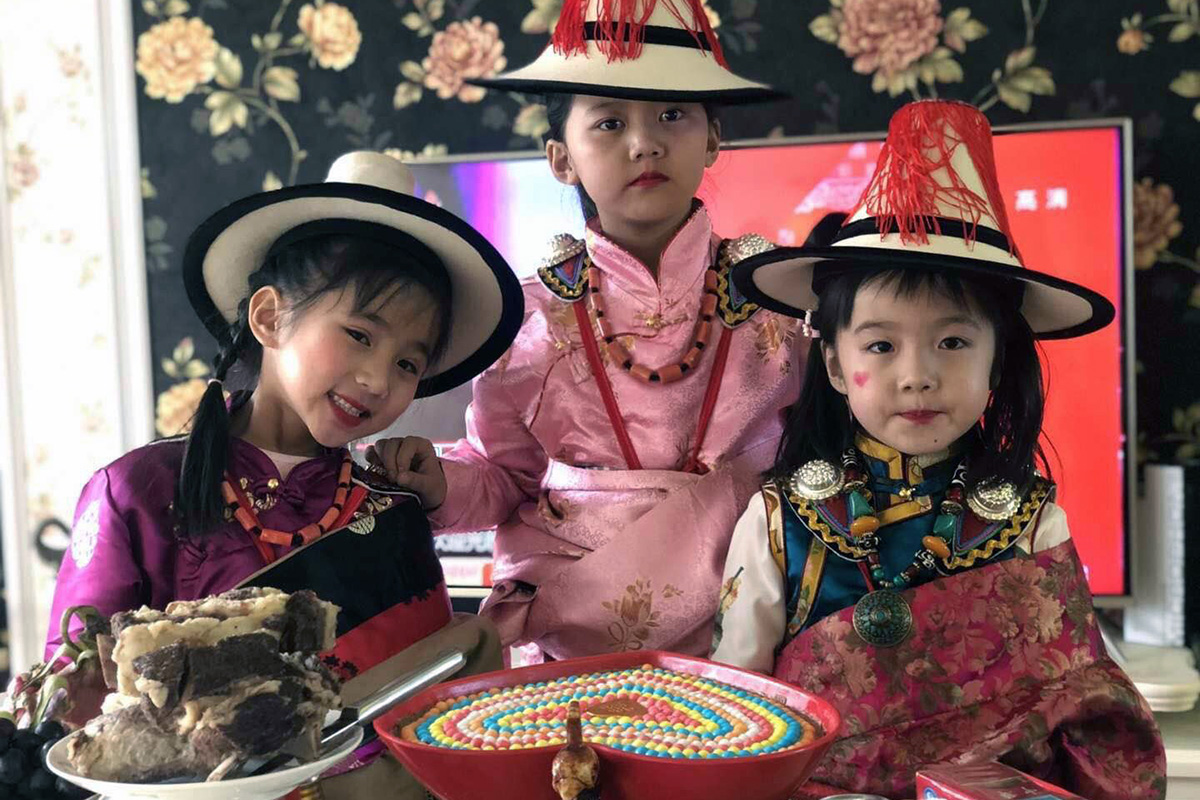
Tibetan New Year, also known as Losar, is a vibrant and culturally rich celebration that holds great significance for the Tibetan people. It is a time of joy, renewal, and spiritual devotion. This ancient festival marks the beginning of the Tibetan lunar calendar and is observed not only in Tibet but also in several other regions with Tibetan communities.
During Tibetan New Year, families come together to celebrate with feasts, prayers, and special rituals. The atmosphere is filled with traditional music, dance performances, and vibrant decorations. It is a time for people to reflect on the past year, express gratitude, and set intentions for the year ahead.
In this article, we will explore 12 fascinating facts about the Tibetan New Year celebration, delving into its history, customs, and cultural significance. From the unique traditions to the symbolic rituals, get ready to immerse yourself in the colorful world of Tibetan New Year.
Key Takeaways:
- Tibetan New Year, known as Losar, is a vibrant festival celebrated with dances, music, and special rituals. It’s a time for cleaning, feasting, and seeking blessings from ancestors for the coming year.
- Losar is not just celebrated in Tibet but also in other parts of the world. It includes unique traditions like making butter sculptures, eating special soup, and exchanging ceremonial scarves for well-wishing.
The Tibetan New Year, known as Losar, is one of the most important festivals in Tibetan culture.
Tibetan New Year Celebration is marked by colorful rituals, religious ceremonies, and vibrant cultural performances.
Losar falls on a different date each year, following the Tibetan lunar calendar.
The festival usually takes place in February or March, depending on the sighting of the new moon.
The preparations for Losar begin well in advance, with thorough cleaning of homes and monasteries.
It is believed that cleaning helps to remove any negative energy and make way for good fortune in the coming year.
The celebrations last for 15 days, with the first three days being the most significant.
During these days, Tibetans engage in religious rituals, feasting, and visiting monasteries to offer prayers.
Losar is celebrated with traditional Tibetan dances and music.
The dancers wear vibrant costumes and masks representing different deities and characters from Tibetan folklore.
A key feature of Tibetan New Year is the creation of intricate butter sculptures called “tormas”.
These sculptures are made by monks and symbolize various Buddhist deities and auspicious symbols.
Another important tradition during Losar is the preparation and consumption of a special soup called “guthuk”.
Guthuk contains dumplings filled with hidden objects, and it is believed that the objects reveal the individual’s fortune for the year.
Losar is a time for people to express gratitude and seek blessings from their ancestors.
Offerings are made to the spirits of the deceased, and prayers are recited for their well-being in the afterlife.
The Losar festival also includes a ceremonial dance known as the “Cham Dance”.
The Cham Dance is performed by monks wearing elaborate costumes and masks to invoke deities and ward off evil spirits.
Losar is celebrated not only in Tibet but also among the Tibetan communities in Nepal, Bhutan, India, and other parts of the world.
These celebrations often showcase a blend of traditional Tibetan customs with the local cultural traditions.
The exchange of “khata”, a ceremonial silk scarf, is a common practice during Losar.
Khata symbolizes well-wishing and is offered as a gesture of respect, friendship, and blessings.
Losar culminates with the “Lama Dance”, a grand finale of the festivities.
This dance is performed by highly trained lamas and is believed to bring prosperity and ward off negativity.
In conclusion, Tibetan New Year Celebration, known as Losar, is a vibrant and significant festival that showcases the rich cultural heritage of Tibet. From religious rituals and traditional dances to delicious food and elaborate costumes, Losar offers a unique insight into Tibetan customs and beliefs. The 12 Facts About Tibetan New Year Celebration mentioned above give a glimpse into the various aspects of this joyous festival, which holds immense importance for Tibetans across the globe.
Conclusion
In conclusion, Tibetan New Year, also known as Losar, is a vibrant and culturally rich celebration that holds immense significance for the Tibetan community. From its deep-rooted traditions and customs to the jubilant festivities and rituals, this annual event is a time for renewal, reflection, and joy.
With its distinct rituals like the Dalai Lama’s New Year address and the famous Monlam Prayer Festival, Tibetan New Year offers a unique opportunity for both locals and visitors to immerse themselves in the rich heritage of Tibetan culture. Whether it’s watching the colorful Cham dances, participating in traditional ceremonies, or indulging in delicious festive delicacies, Tibetan New Year offers a truly unforgettable experience.
So, if you ever have the chance to witness Tibetan New Year celebrations, be prepared to be captivated by the vibrant atmosphere, fascinating traditions, and the sense of unity and joy that fills the air. It is indeed a celebration like no other.
FAQs
Q: What is Tibetan New Year?
A: Tibetan New Year, also known as Losar, is the traditional New Year’s festival celebrated in Tibet and by Tibetan communities around the world.
Q: When is Tibetan New Year celebrated?
A: Tibetan New Year is celebrated on the first day of the Tibetan lunar calendar, which usually falls in February or March of the Gregorian calendar.
Q: What are some key traditions associated with Tibetan New Year?
A: Some key traditions include cleaning and decorating homes, offering prayers, lighting butter lamps, hanging prayer flags, performing Cham dances, and indulging in traditional festive dishes.
Q: What is the significance of Tibetan New Year?
A: Tibetan New Year is a time for spiritual renewal, purifying negative energies, and ushering in good luck and prosperity for the coming year. It is also a time to honor ancestors and seek blessings from deities.
Q: How long does the Tibetan New Year celebration last?
A: The Tibetan New Year celebration typically lasts for 15 days, during which various religious and cultural activities take place.
Immerse yourself in the fascinating world of Tibetan culture and traditions. Uncover the secrets of the Library of Tibetan Works and Archives, a treasure trove of ancient wisdom and knowledge. Journey to Samye Monastery, where centuries-old rituals and practices continue to thrive, offering a glimpse into the rich tapestry of Tibetan heritage. Embark on a captivating exploration of these iconic landmarks and gain a deeper understanding of the unique customs that shape the Tibetan way of life.
Was this page helpful?
Our commitment to delivering trustworthy and engaging content is at the heart of what we do. Each fact on our site is contributed by real users like you, bringing a wealth of diverse insights and information. To ensure the highest standards of accuracy and reliability, our dedicated editors meticulously review each submission. This process guarantees that the facts we share are not only fascinating but also credible. Trust in our commitment to quality and authenticity as you explore and learn with us.


